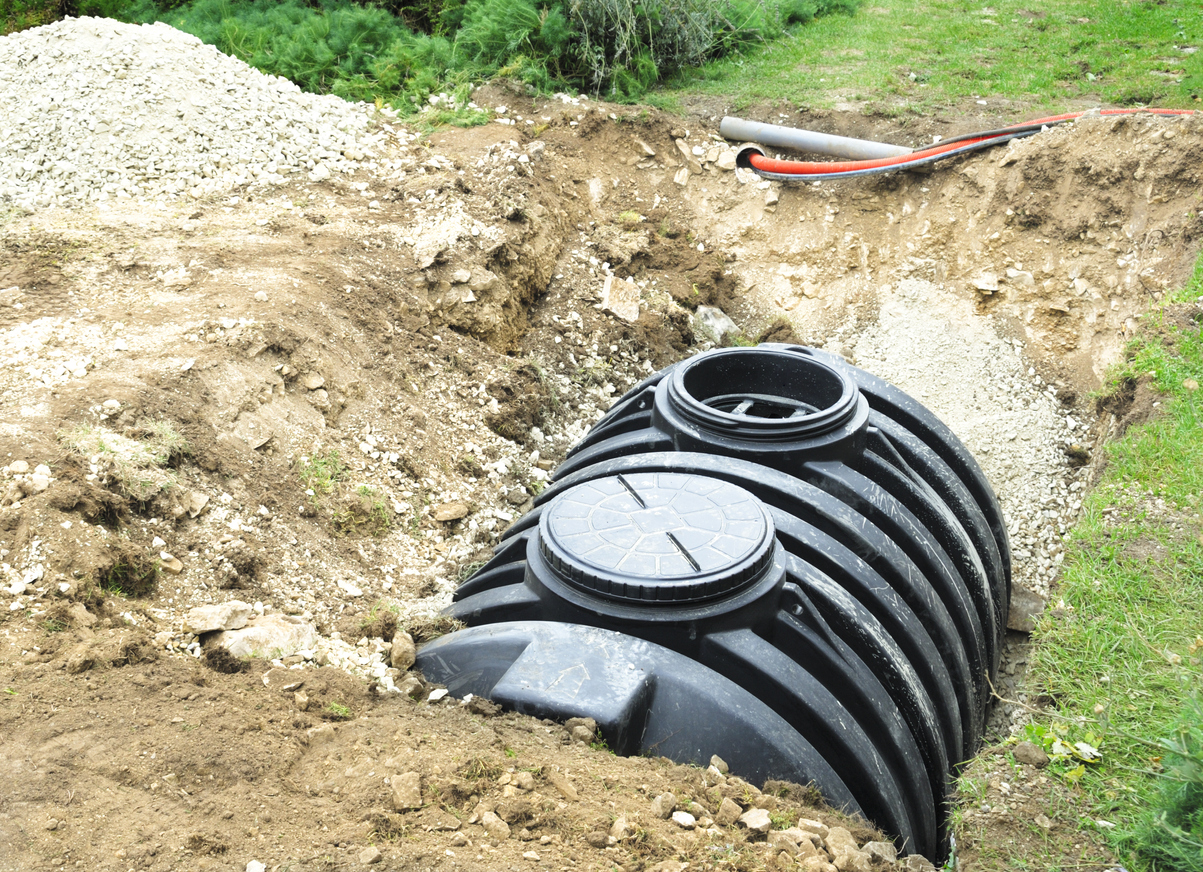NEWS
Common Mistakes to Avoid When Installing a New Septic System

Many homes and businesses today rely on septic systems. People often assume property owners only use these systems in rural areas, but nothing is further from the truth. When a person wishes to have a septic system installed or replace an existing one, they must take certain steps to ensure the proper functioning of the system. What are some common mistakes to avoid when installing a new system?
Sizing Considerations
When installing a new septic system, you need to ensure it is the proper size for the home or business. Septic tanks come in different sizes. The right size will manage the waste generated from the property. Tank overflows will be a problem if the tank is not large enough. Drains may move slowly, the system could flood, or there could be a backup.
Forbes published an article that states the tank should hold two days of wastewater easily. The publisher got this information from the University of Michigan. Using this formula, a family that uses 500 gallons of water a day will need a septic tank capable of holding 1,000 gallons of water. Most tanks today hold a minimum of 1,000 gallons.
Soil Testing
A septic tank must be in permeable soil to work properly. The wastewater exits the tank into the drain field where it is naturally treated. If the soil is not permeable, this wastewater might make its way into other water sources and contaminate these sources. The property owner could then face fines, legal problems, and more. Another concern would be sewage making its way above ground level.
Installers must get a percolation test before placing a septic system in the ground. Doing so ensures the soil meets all requirements put forth by local health departments. Most localities require the ground to have a certain amount of permeable contents before a septic system can be installed.
Securing Permits
Permits must be obtained before a company can move forward with the septic system installation. Most installers secure the permits on behalf of clients, but a client should always make certain they take this step. If these permits aren’t obtained and authorities are made aware of the project, it may be halted until all required steps are taken, including securing permits and testing the soil. Permits are required for health and safety reasons, so this is one step that can never be ignored.
Drain Field Placement
Before any work begins, the entire project should be planned out. As part of the planning process, the installation team must determine where to establish the drain field. Many people assume the drain field and septic tank are adjacent to one another. Most localities require the septic tank to be placed five to ten feet away from the home. The drain field sits further out, approximately 20 feet away from the home at a minimum.
When determining where to place the tank and drain field, the installation team must take into account any vegetation in the area. Roots can harm the system and stop up the drain field. Careful planning of the system reduces the risk of this happening. As previously mentioned, the soil in the selected area must be suitable for the drain field.
Work with a reputable contractor to reduce the risk of mistakes when installing the new system. Doing so will provide the property owner with peace of mind. They know the system will work as it should and keep their property from harm.
Having completed my education in English, I’ve cultivated a successful career as a content writer. My tenure includes valued collaborations with distinguished professional organizations, reflecting my commitment to producing high-quality content.
Contact me on this mail: [email protected]










